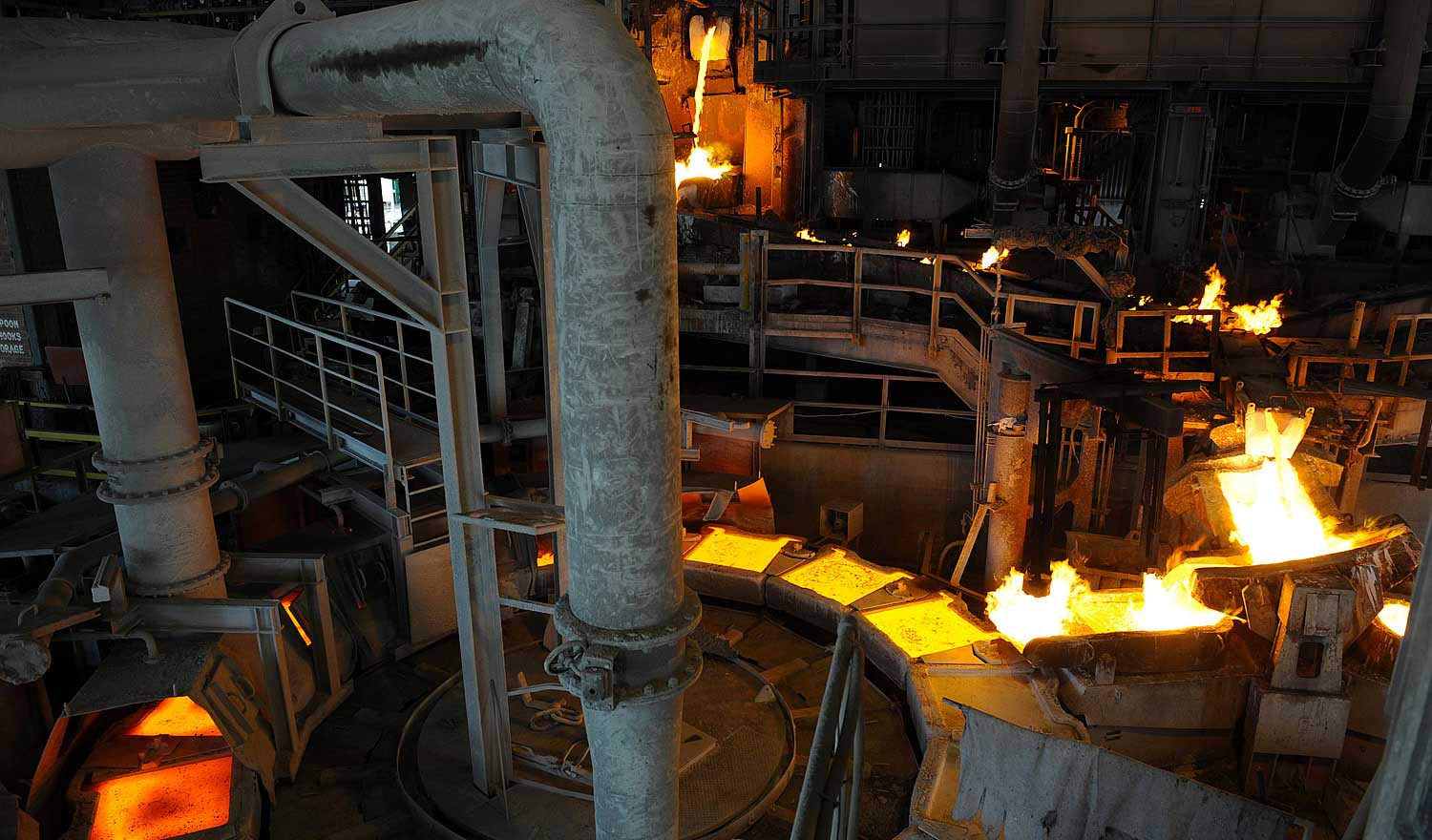MOPANI COPPER MINES: Shining the Light on Africa in Energy Transition Challenge
Zambia’s copper belt is vital for producing the key ingredient in the global energy transition, and one of its key companies – Mopani Copper Mines – has a new lease of life as the industry begins to boom.
It is quickly becoming widely recognised that sub-Saharan Africa holds one of few keys to the global energy transition. To decarbonise, and improve efficiency across industry, transportation, energy, and more, key base metals are essential. Transportation is the easiest example. Globally, around eight gigatonnes of CO2 was emitted by the transportation sector in 2022. The plan is to introduce battery powered electric vehicles to replace cars, trucks, trains, and boats to dramatically reduce this figure, and this progress is already underway in some nations. Solar power is also hoped to provide the energy for the batteries here, and this industry is a big user of copper. But the transition will take time, and will need quantities of material, including copper, that the world has not mined at this scale before.
An electric car uses four times the amount of copper when compared with a typical internal combustion engine car, and the mines of the world simply cannot supply at the rate needed if the transition is to have an impact. This is where Africa, and Zambia and the DRC, are globally strategically important. The Central African Copper Belt runs through the two countries and is estimated to hold more than five billion tonnes of copper ore. The area is also loaded with cobalt, and ever since discovery and commercialisation in the 1920s, mining has been the key activity fuelling economic growth.
If electric vehicles, and their associated battery systems, are to continue to be improved and rolled out around the world, mines in Zambia can and should be a part of the conversation as the eleventh most valuable mining nation in the world. In 2022, the country signed a MoU, alongside the DRC, with the USA to develop EV battery value chains with copper at the heart. “The MoU is stated to be entrusting the two African countries to work on a value chain that covers mining all the way to assembly,” said ZCCM-IH (Zambia Consolidated Copper Mines Investment Holdings).
Premier in the country is Mopani Copper Mines (MCM). Founded in 2000, the business has grown to become one of the largest copper and cobalt producers and exporters in the world. Today, after years of tumult, the company is stable and looking to cement its position in the global supply chain. Two major mines – Mufulira and Nkana – and a host of heavy industrial processes make for a unique and exciting offering.
The set up in the north of the country is so appealing that, in November 2023, International Resources Holding RSC Ltd (IRH) of Abu Dhabi invested more than $1 billion in Mopani. A 51% stake in the business would be the prize, and investment was promised in the form of $620 million up followed by $400 million in shareholder loans and a commitment to contribute to completion of projects started by former owner, Glencore. Several outstanding bills, amounting to $640 million, have also started to be repaid to suppliers.
A documented shortage of copper spurred IRH to take on MCM and commit to the long-term future, striking a big deal with ZCCM-IH who owned MCM on behalf of the Zambian government.
PRICE INCREASE?
According to Bloomberg, the supply deficit in the copper industry stands at around 3.6 million tons with China responsible for more than 50% of global demand. Because of the deficit, there is expectation that prices will jump by as much as 20% in the next three years.
With money flowing again after the company exited ‘care and maintenance’, MCM has the chance to capture value in this situation. The advantage that the company holds is that no one has ever doubted the capacity and capability on site. Only macroeconomic factors have ever challenged the business and now several factors are coming together to create a positive outlook. MCM has the benefits of supply and demand at its feet.
With a shaft modernisation programme started as part of the company’s 10-year plan to become a world class miner by 2023, operations are able to deliver significant tonnage annually. Since 2014, three new shafts have been installed, replacing outdated infrastructure. The Henderson Shaft at Mufulira, and the Syclinorium and Mindola Deeps Shafts at Nkana have added another quarter century of life. This means more jobs and more income in the long term, boosting Zambia and MCM at the same time.
Going far down below the surface, the shaft at Mufulira takes miners down and brings copper up. The technology is staggering and the operating temperatures in the earth are just one of a long list of challenges, reaching 48 °C. New headgear and A/C systems have been installed, and a new acid plant and smelter have also been added to drive efficiency and reduce harmful emissions, converting sulphur dioxide to sulphuric acid. The new shaft has also become the second deepest in the world at 2km, just behind the Resolution Copper Mine at 2.1km in AZ, USA.
Now, MCM is capable of producing more than 800,000 Mtpa but has failed to reach these numbers through recent years. The end goal is for MCM to produce more than three million Mtpa by the 2030s, dominating the local landscape and providing Zambians with economic security and employment longevity.
“ZCCM-IH is committed to see that MCM delivers to its optimal production levels in order to contribute to the national production target of three million metric tonnes of copper by 2030,” said ZCCM-IH.
GROWTH BACK ON THE CARDS
To achieve this ambitious goal, leading investment bank Rothschild & Co has been engaged is providing strategic review of operations and value. Surmpy Engineering has been onboarded as a reliable partner in the provision of engineering solutions and tooling. MCM has also created a new digital presence with a fresh website and new social media strategy to engage all stakeholders more effectively.
Locally, the company has received several awards in recent months including two – Best Community Social Impact Award under the Skills Development category, and the CSR Excellence Award in Safe Drinking Water under the Water Reticulation category – at Zambia’s fourth CSR and Responsible Business Awards.
MPM also claimed the Kitwe and District Chamber of Commerce and Industry (KDCCI) Mining company of the year award – for the eighth year in a row. Picking up the trophy, CEO Charles Sakanya said that the company valued association with the KDCCI and is a proud part of the Zambian fabric.
While the road travelled recently has not been conducive to strong growth, MCM likes its namesake the Mopane tree is ready to once again thrive in Zambia’s challenging but rewarding environment. with new investors involved, new technology and infrastructure supporting a highly-skilled Zambian workforce, and with global demand at strong levels, now is the time for MCM to prove its worth and drive the global energy transition as a African supply chain pioneer.


